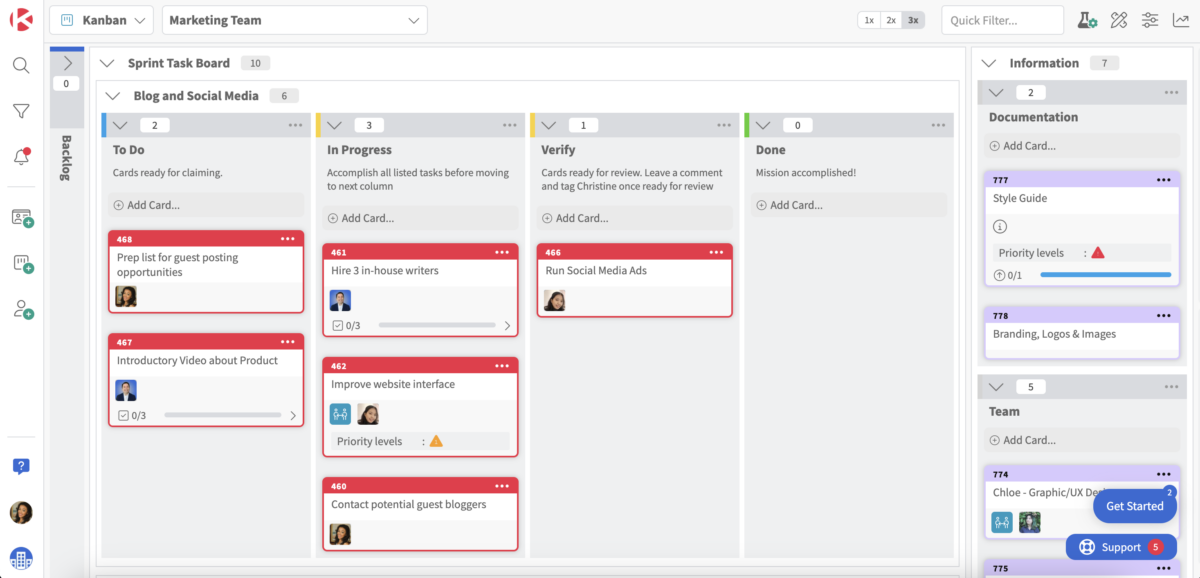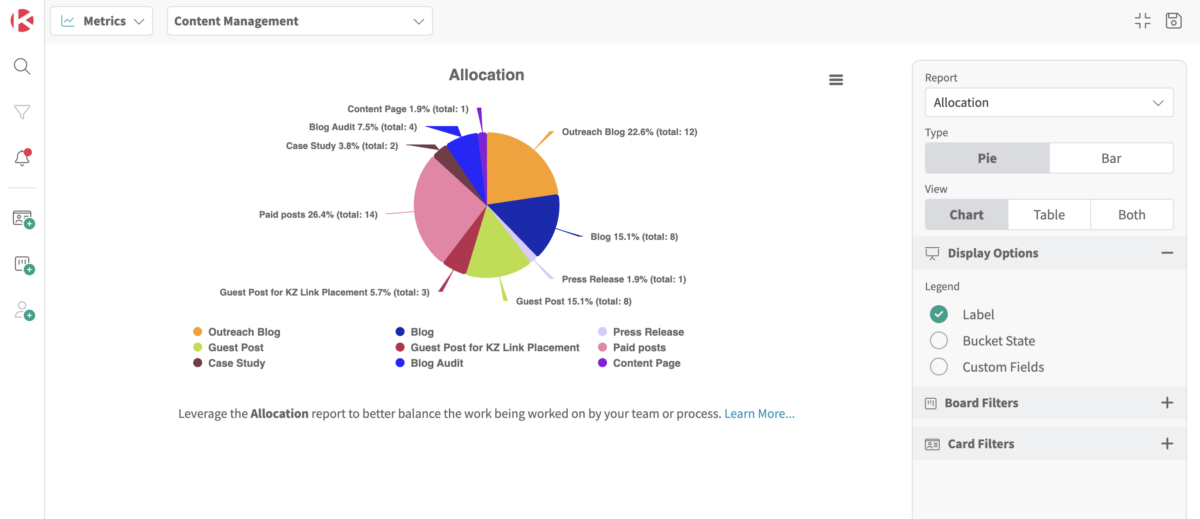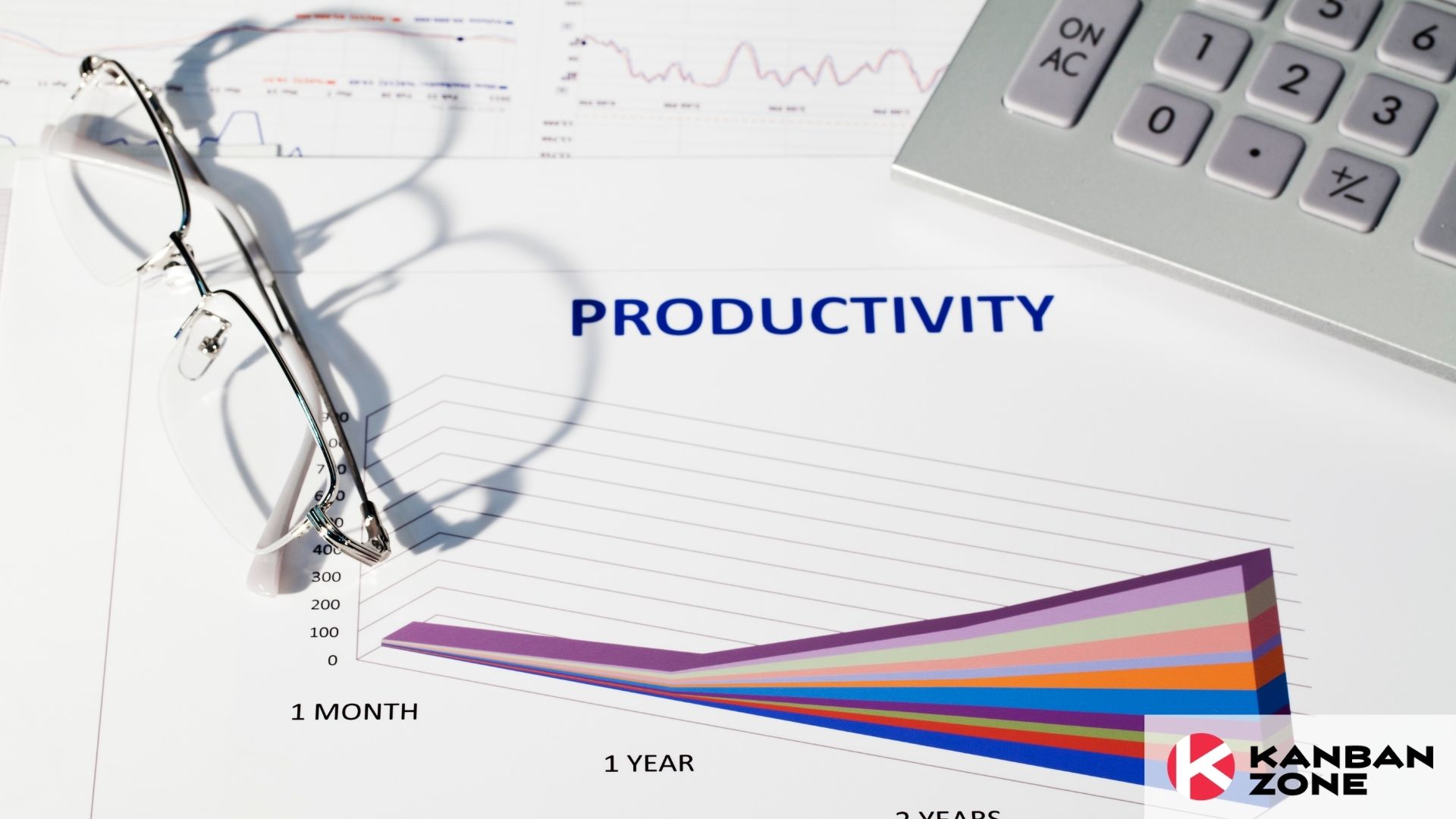
How many projects does your business or team have on the go right now? Do you know how close every project is to completion? Are there any bottlenecks or staff shortages? If you’re unsure about the answers to any of these, you need stronger project pipeline management.
Whether you run a small business or manage a team in a large company, project pipeline management isn’t just about seeing projects to their completion. Instead, it gives you and your team a practical overview of all project workflows, helping you ensure quality and efficiency along the way.
This guide to project pipeline management covers the why and the how. You’ll learn why project pipelines need to be managed carefully and get a range of tips and tricks for implementing a pipeline management strategy today.
What is Project Pipeline Management?
Project pipeline management involves overseeing and improving how business projects flow from their early conception to their final completion. It covers planning and executing projects as well as monitoring and regularly reviewing them.
You’ll use a range of tools and tactics for project pipeline management, such as digital Gantt charts for timeline tracking or contact center scheduling software for aligning sales with potential leads.
The project pipeline itself is the sequence or collection of projects currently in progress or in development. Project pipelines help you get a clear overview of ongoing projects as well as an in-depth look at completion timelines and any priorities.
Benefits of Project Pipeline Management
Now that we have clarified what project pipeline management involves, it’s time to delve a bit more into the many benefits it can bring.
Enhances resource allocation and task prioritization
Project pipeline management helps you allocate your resources more effectively by providing visibility into the full spectrum of projects in the pipeline. This allows you to understand the demands and requirements of each project and ultimately prioritize tasks and allocate resources accordingly. You can also prevent resource bottlenecks or overallocation.
Understanding the corporate structure is crucial as it influences how resources are allocated and priorities are set, further optimizing the project pipeline management process.
Example: A software development company analyzes its pipeline and identifies a high-priority project with a tight deadline and a high-stakes client. They allocate top developers to this project while adjusting schedules for other projects to ensure that resources are distributed effectively.
Improves forecast accuracy for budgets and timelines
Systematically planning and tracking projects from inception to completion helps you identify potential risks and anticipate possible delays or cost overruns. This enables you to develop more realistic budgets and timelines. You can reduce the likelihood of surprises and make sure projects are delivered on time and within budget.
Example: A construction firm may have several building projects of varying sizes and complexities. Closely monitoring the progress of each project and identifying potential delays, such as bad weather, staff shortages, or cost overruns early on means they can adjust budgets and timelines accordingly to give their clients more realistic expectations.
Facilitates team collaboration and alignment
Project pipeline management provides visibility into project priorities and timelines. This means your team members can work together more effectively and coordinate efforts. Clear communication channels and centralized project information are not only efficient, but they also foster a clear sense of shared purpose in your teams.
Implementing a hybrid work schedule can enhance this process, allowing team members to collaborate flexibly from different locations while still meeting project deadlines.
Example: A marketing agency is running a social media marketing campaign that requires collaboration between graphic designers and copywriters as well as digital marketers. With a well-managed project pipeline, team members both within and without the agency can stay informed about project goals and deadlines.

Proactively mitigates project risks
One of the key benefits of project pipeline management is how it helps you systematically identify and assess risks throughout the project lifecycle. You can then take preemptive measures to minimize the impact of risks on project outcomes. This may include implementing specific risk mitigation strategies or developing contingency plans.
Example: A Software as a Service (SaaS) company mitigates project risks by conducting thorough feasibility studies and prioritizing data security and compliance. They actively engage customers for feedback and validation, integrating it into the development process to ensure that new features meet user needs and regulatory standards before release. All of this helps the company minimize project risks and deliver high-quality software products on time.
Key Stages of a Project Pipeline
So, how do you put a project pipeline in place? Keep reading the next section to find out all about the core steps to build your project pipeline.
Ideation
The ideation stage marks the inception of a project, where ideas are generated, and potential opportunities or problems are identified. This stage typically involves:
- Brainstorming sessions
- Market research
- Stakeholder consultations
- Feasibility studies that assess the viability of proposed projects
Once the above tasks are complete, the ideas for projects that demonstrate potential value are further refined into project proposals.
Planning
In the planning stage, detailed project plans are developed. These plans should define and summarize the following:
- Project objectives and scope
- Deliverables
- Timelines
- Resource requirements
- Potential risks
- A roadmap for project execution
Comprehensive planning sets the foundation for successful project implementation. You can also use this stage to mitigate risks by anticipating any potential challenges.

A virtual Kanban board can make it easier for your team to track all deliverables, timelines and resource requirements for all of your projects.
Execution
The execution stage involves the implementation of the project plan, where project activities are carried out and deliverables are produced. Project teams now collaborate to execute tasks and manage timelines. They’ll also address any issues or changes that may arise during project execution.
Effective communication and coordination among team members are essential to ensure that project activities are completed according to plan and within budget. This stage of project pipeline management may involve a series of smaller steps and timelines, especially for big projects.
Monitoring and control
Throughout the project lifecycle, the monitoring and control stage involves tracking project progress. You will measure the project’s performance against any predefined metrics or key performance indicators (KPIs). This also helps you identify any deviations from the original plan.
Project managers often utilize tools to monitor project status, such as a talent management platform for recruitment drives. Regular progress reviews and status updates also facilitate transparency and accountability, which means you can ensure your senior managers or stakeholders stay informed at any stage of the project.
Key performance indicators in project management typically include metrics such as project completion rates, budget adherence, time to market, and quality of deliverables. These Project Management KPIs are crucial for gauging the effectiveness of the project pipeline and ensuring that projects align with strategic business objectives.
Closure and review
The closure and review stage marks the formal completion of the project. Final deliverables have been delivered and project outcomes can now be evaluated. Project closure activities may include:
- Conducting post-project reviews
- Documenting lessons learned
- Giving deliverables to customers or clients (or the next relevant team)
Evaluating project performance allows you to identify both successes and challenges. With this knowledge, you can develop plans for the future improvement of your project pipeline.
Strategies for Effective Project Pipeline Management
Simply building a project pipeline is not enough to ensure it delivers the results you want. Below, we outline some key strategies to enhance your project pipeline management and drive the best outcomes for your organization.
Define clear goals and priorities for each project
Let’s start with an obvious one. Projects need clear goals and priorities. After all, clarity of purpose is essential for guiding project teams toward success.
These objectives should follow the SMART framework, which means they should be:
- Specific—your objectives shouldn’t be vague or too broad
- Measurable—there are metrics or KPIs in place to help you measure how well your team is meeting its goals
- Achievable—the objectives are reasonable and realistic given the time and resources allocated
- Relevant—your project goals are in line with your larger business objectives.
- Time-bound—there is a realistic timeline and end date in place
Establishing a shared understanding of what needs to be accomplished and why means your teams can align their efforts and resources more effectively. Clear goals also minimize ambiguity as they give your teams a clear sense of purpose for any project they embark on.
Utilize project management tools for visualization and tracking
Effective project management often requires the use of specialized tools. These might help you streamline workflows or enhance collaboration and many allow you to track project progress too. Whether it’s Kanban boards or Gantt charts, visualization tools provide your teams with the visibility and transparency needed to manage tasks and monitor deadlines.
Leveraging these tools means your teams can stay organized and identify bottlenecks early. It also helps you make data-driven decisions to optimize project performance throughout the pipeline.
Automating your recruitment process can similarly enhance efficiency, allowing you to seamlessly integrate new hires into your project pipeline with minimal disruption.
Standardize processes in each stage of the project
Consistency is key when it comes to ensuring efficiency and reliability across project pipelines. Standardizing processes and workflows at each stage of the project lifecycle helps you reduce errors and improve predictability too. This can be as simple as a standard HR checklist for onboarding or a more complex handbook for large and small project execution.
Standardization typically involves documenting best practices and defining clear roles and responsibilities on any given project. You should also implement quality assurance measures to maintain high standards throughout the project. Standardization also helps with knowledge sharing, plus it can ensure continuity in the face of personnel changes.
Use Agile methods for flexibility and adaptation
Agile methodologies offer a more adaptive and iterative approach to project management. Unlike the traditional waterfall method, which follows a linear sequence of phases, Agile frameworks such as Scrum and Kanban enable teams to adapt to changing requirements.
For example, Agile methods tend to prioritize frequent communication and collaboration among team members and managers. Daily stand-up meetings or sprint reviews along with retrospectives provide opportunities for feedback and reflection. This allows your teams to identify issues and adjust their approach in real time.
Set realistic timelines and milestones
Accurate planning is essential for setting realistic expectations and avoiding the pitfalls of overcommitment or underestimation. When establishing project timelines and milestones, it’s important to conduct a thorough analysis and consider various factors, such as resource availability or potential risks.
You should strike a balance between ambition and pragmatism. That way, you can establish achievable goals and manage client expectations, all while minimizing the likelihood of schedule slippage.
Review projects to adjust priorities as needed
The ability to adapt and reprioritize is critical for project pipeline management. Regular project reviews provide opportunities to assess progress and identify emerging opportunities or challenges.
During this process, you should analyze key metrics and continuously reassess project priorities. Regular project reviews also mean you can make informed decisions, such as about resource allocation or adjusting timelines.

Need to create a report on your team’s productivity? If your team tracks all project and tasks on Kanban Zone, you can easily get reports through the Advanced Metrics feature.
Communicate with stakeholders for alignment
Effective communication is the cornerstone of successful project management, not just between you and your team but between you and your stakeholders, too. Maintaining open, transparent channels of communication with stakeholders fosters trust and collaboration throughout the project lifecycle.
Regular status updates and progress reports will help you share insights and address concerns as well as solicit feedback. All of this facilitates a shared understanding of project objectives and constraints.
Allocate resources wisely to support project needs
Resource management is a delicate balancing act. It requires careful planning and allocation to support project objectives while aiming for optimal resource utilization and efficiency. Whether it’s human capital or financial resources, effective resource allocation involves identifying needs to maximize your return on investment (ROI) and minimize waste.
You should make sure you’ve aligned your resource allocation with project priorities. Only with proper alignment can you ensure adequate support is in place for critical projects. That way, you can minimize the risk of resource constraints derailing project progress.
Identify and mitigate potential risks to prevent disruptions
Risk management is a vital part of project pipeline management. Conducting thorough risk assessments allows you to identify vulnerabilities and develop proactive mitigation strategies to minimize their impact.
Risk mitigation involves identifying both internal and external risks and assessing their likelihood and potential impact. You should also implement measures to prevent or mitigate their effects. Beyond your risk mitigation strategy, you should try to foster a culture of risk awareness and proactive risk management within your business. That way, your staff teams can minimize surprises and ensure smoother project execution.
Conclusion
As you embark on your journey to enhance your project pipeline management skills, remember that success is not just about following a set of predefined processes or methods. It’s about fostering a culture of collaboration and learning within your team and business.
Embracing change and feedback and continuously striving for improvement means you can position yourself and your team for long-term success. With the right tools and strategies in place, you can achieve a seamless workflow and overcome challenges, both present and future.
This was a guest blog. Please review our guest blog disclaimer.
Learn to Work Smarter, Not Harder!
Get our top articles weekly.
Table Of Contents
Discover many more posts…







